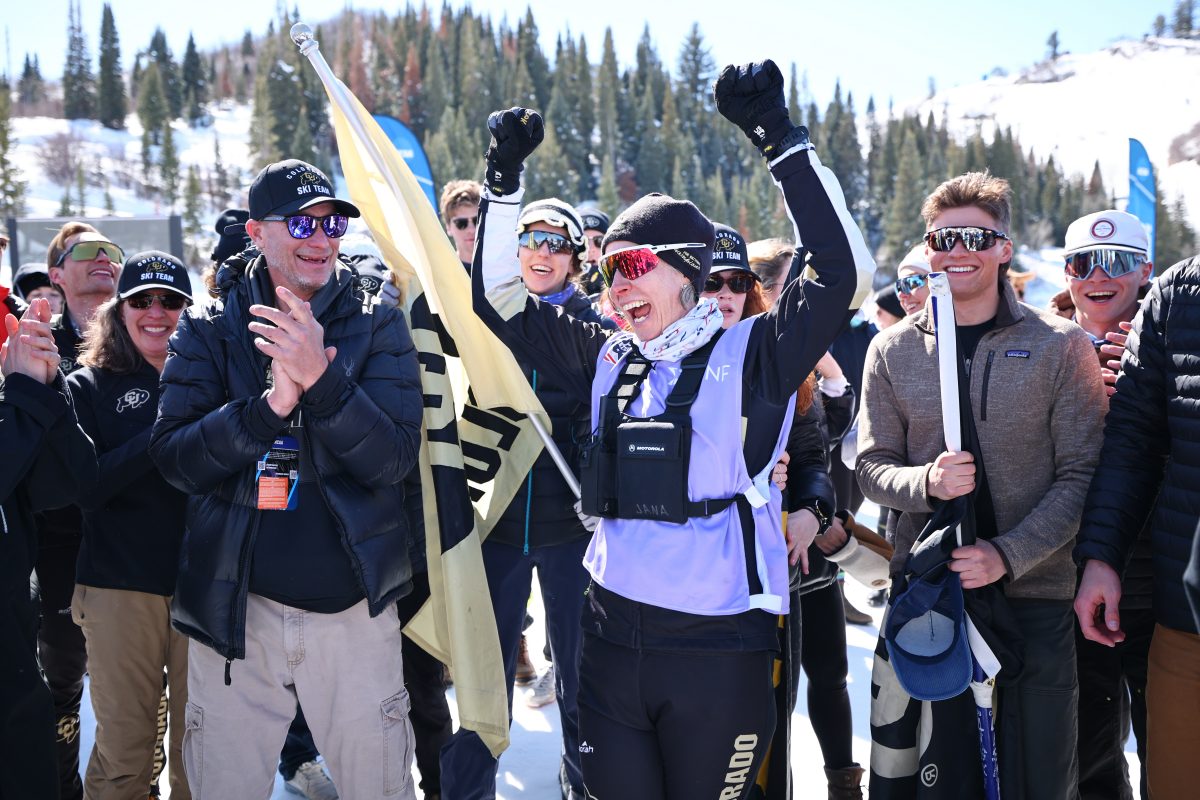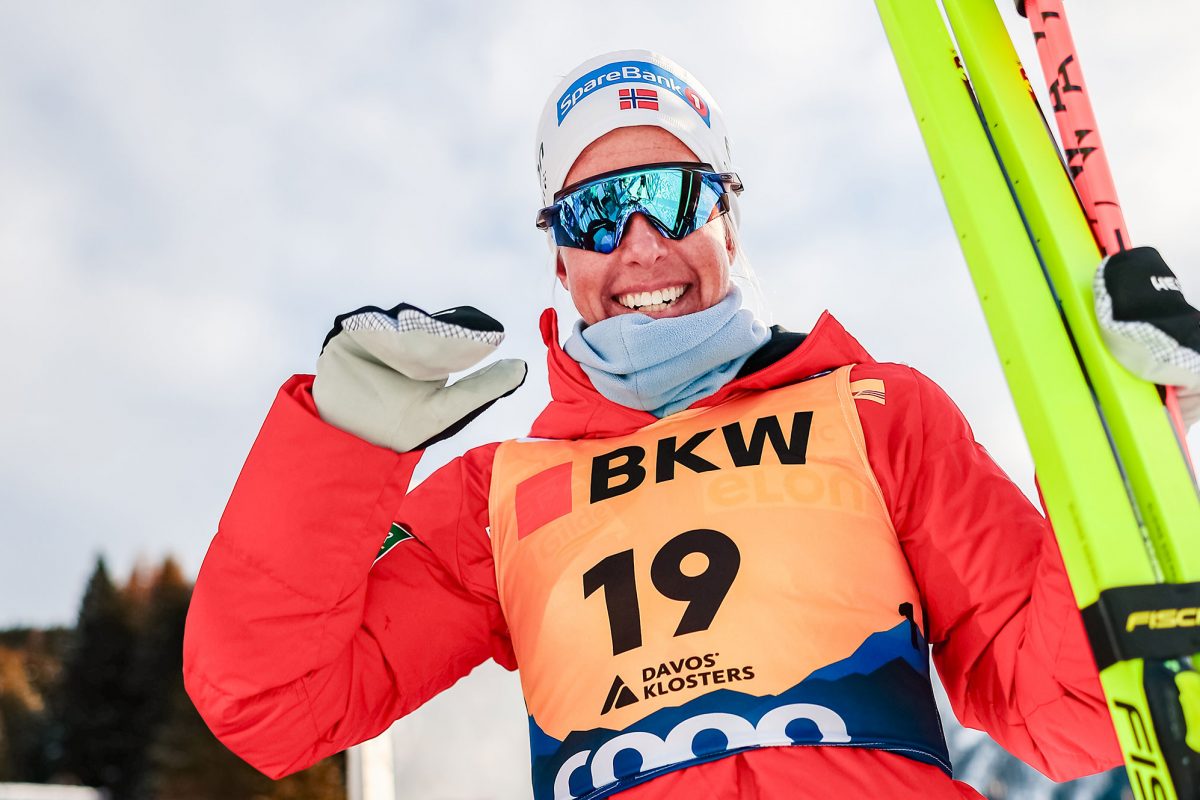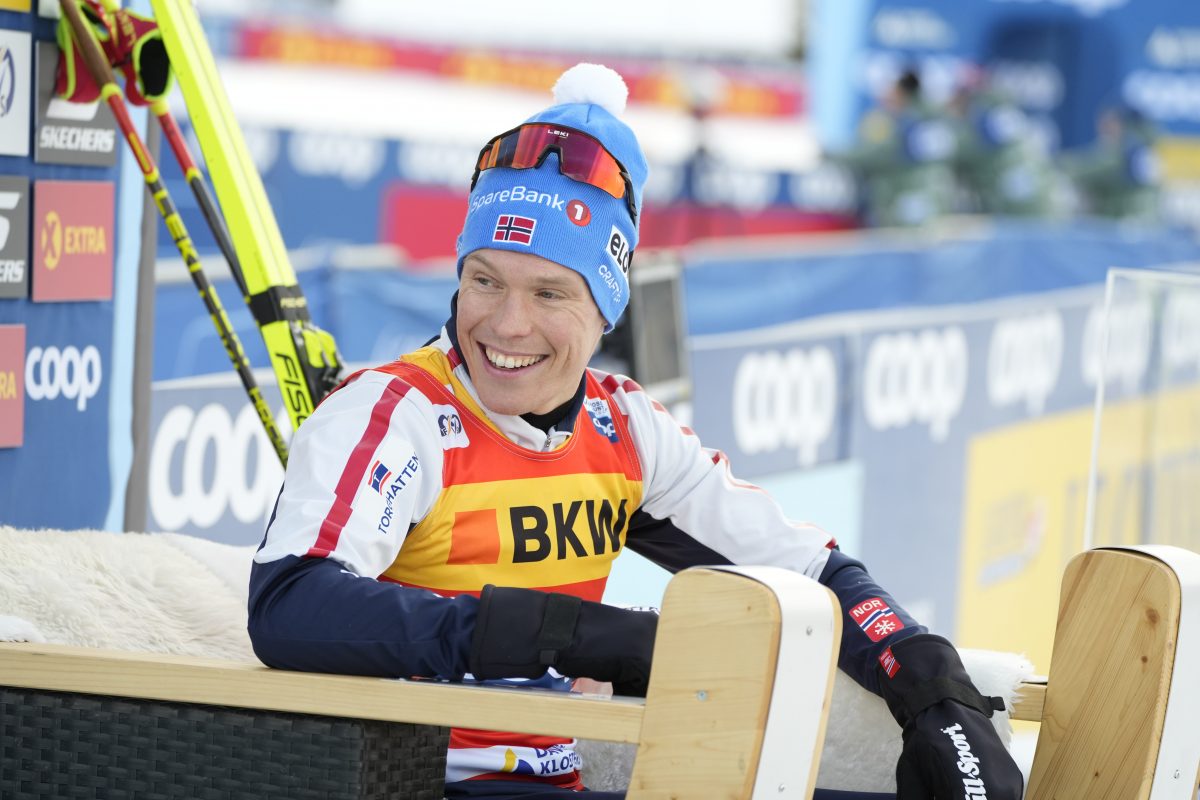
The wax today was LF Moly followed by HF Blue/Red mix followed by JetStream Blue/Red mix. Mixing the two JetStreams is uncomplicated. Either rub one block on and then the other block and rotocork them in together or sprinkle one powder on and sprinkle the other powder on and iron them in together quickly followed by rotocorking them. JetStream Moly was also really good.

Notice that the winners of both races were in third place after 5kms. There’s a lot to be said for skiing into a race, settling in, and finishing fast. This way a skier is more likely to ski well. If a skier starts really fast with the idea of “ripping everybodys’ legs off” more than likely the skiing will be subpar and the skier will be relying purely on fitness. There are some very successful slow starters out there who always start in a measured fashion and finish super fast. Matti Heikkinen and Thomas Alsgaard come to mind, but nobody does this as much as Axel Teichmann. It clearly works well for them though and yields consistency.

Otherwise, I was watching the races today from a “sprinters hill”. This is a short hill (10 seconds) that is preceeded by recovery, is approached with momentum (after a downhill for example), and is followed by recovery. Most everybody skied the transition into the hill very well, keeping the ski bases gliding and using a high speed technique. Also, most everyone crested the hill and immediately put the gas on to build maximum speed for the coming downhill. Many of the men used a V2 on the climb which yielded a minimal loss of momentum. In the women’s race though, all of the racers climbed using a V1 technique. There were huge differences in speed on this little hill between the women.

There were three types of skiers in the women’s field on this hill.
The first type approached the hill and when momentum was lost, adopted a V1 technique at the same climbing rhythm that was used elsewhere on the extended climbs on the course. These skiers lost the most time. They inevitably bogged down and lost all momentum. Their tempo was significantly too slow and they looked like they could have skied at that pace for quite a while. They simply shifted into “climb mode” without trying to maintain momentum.
The second type approached the hill and when momentum was lost, bent over at the waist, stuck the butt out, put their weight on the inside of the skis, and tried to power their way up the hill using their glutes, not the muscles in the front of the legs which are more effectively used when skating.. Unfortunately, these skiers ended up skiing purely on the inside of their ski edges and rather than skating up the hill, ended up stepping up the hill on their inside edges. As their skis landed on the snow, they stopped as skis don’t like to glide on edge especially when under load. They did use a higher tempo which was good, but the technique was such that despite being strong and increasing tempo, they lost time on the skiers who actually skated the climb cleanly.

The fastest type were obviously less common. Kikkan Randall was the best example of this. She approached the hill with speed as the others did. As she started to lose her speed, she switched to a V1 technique while keeping her hips high and forward. Her tempo was high and her feet stayed light. Despite skating up a hill and losing a bit of momentum, her hips did not drop back nor did she compress much at the waist. Instead she danced up the hill using seemingly little effort and then powered down again as soon as the grade decreased again. She skied with wonderful technique and finess and not her sprinters power. The key to this is keeping the hips high and forward while continuing to skate with “light” feet. The arms come forward fairly quickly and give the skier momentum somewhat like they do when doing a standing broad jump, but with the hips high and forward.

The easiest way to learn how to do this is to lead with the poles – have the poles hit first on the strong side (poling side) before the ski on that side hits the snow. Then keep skiing. It is basically what was referred to as the Alsgaard Skate a while ago. It is critical to do this though while standing up – keep the hips forward and high and don’t bend over much at the waist. The body position fits the technique. It is efficient and fast. Peter Northug also skis this way when he does his famous V1 sprint attacks on a climb at the end of a race. He bends over some at the waist to get more power, but does the rhythm as described above with the poling.



